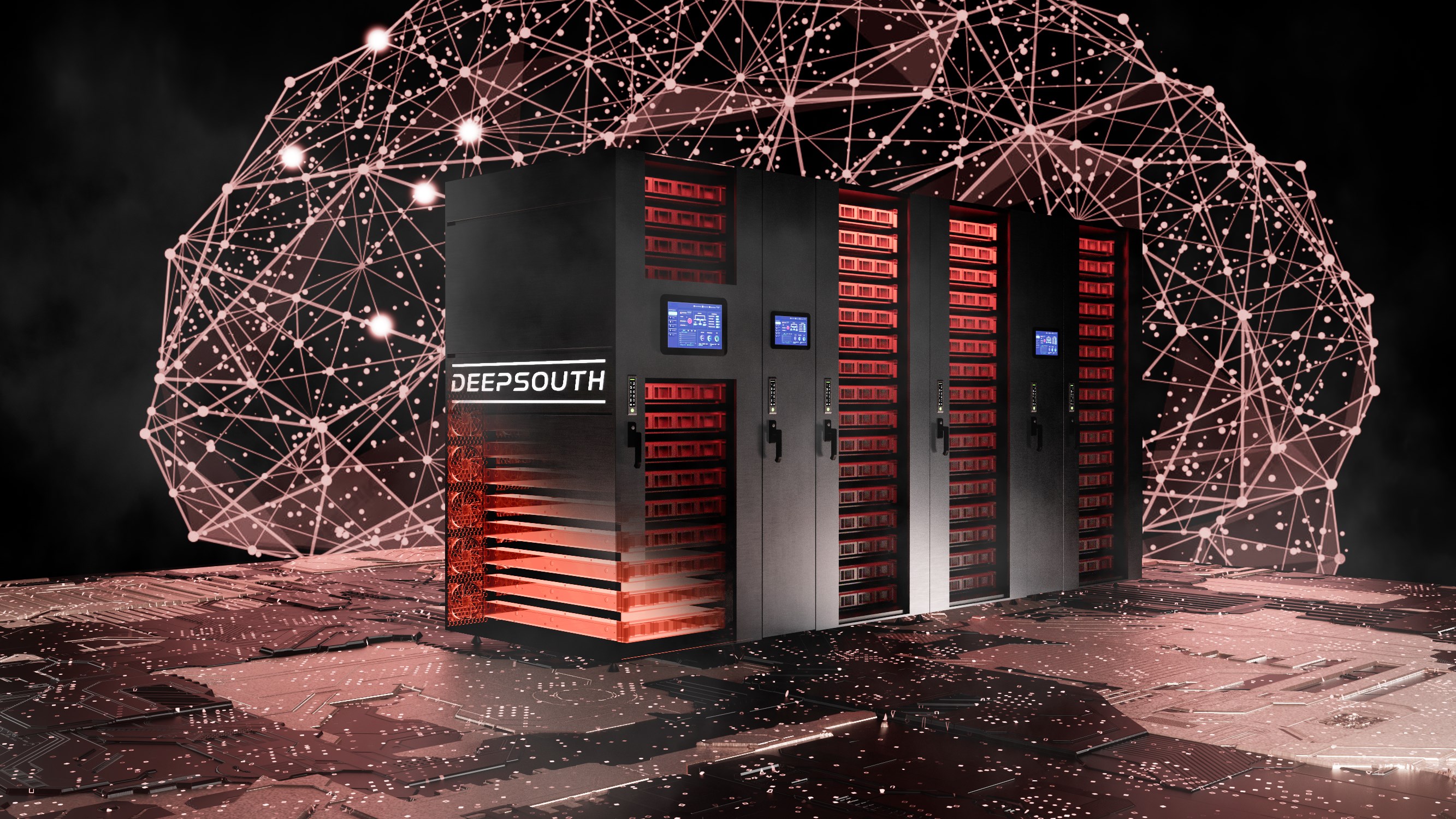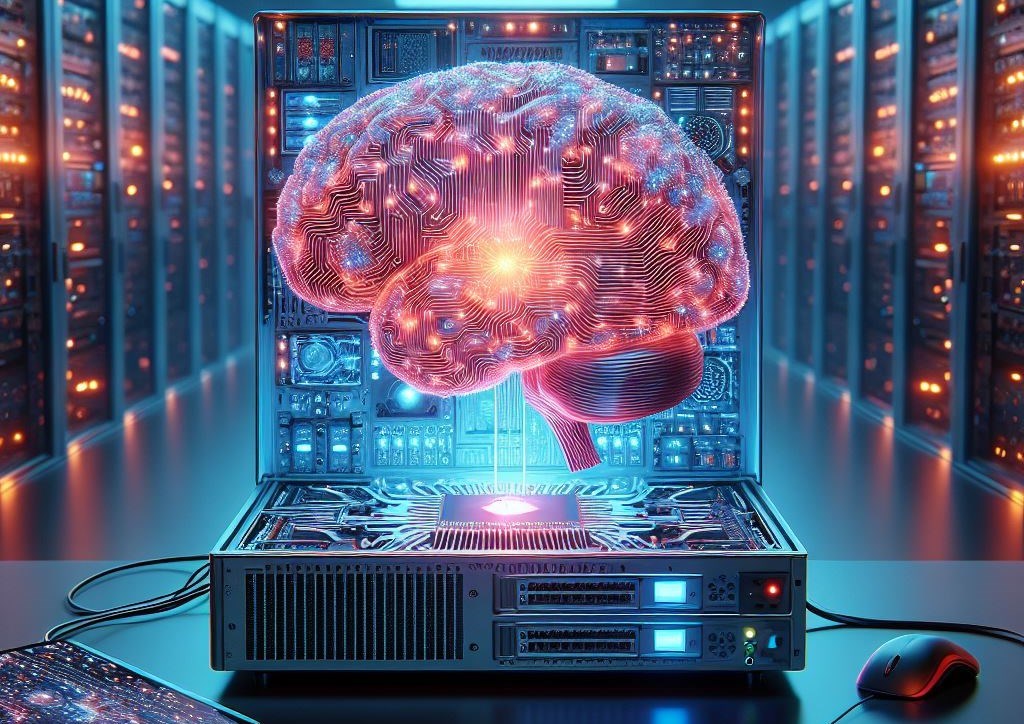 Researchers from Western Sydney University in Australia, in collaboration with technology giants such as Intel and Dell, have built a massive supercomputer that aims to simulate neural networks at the scale of the human brain. This is the only one of its kind and this supercomputer, called DeepSouth, will be commissioned very soon.
Researchers from Western Sydney University in Australia, in collaboration with technology giants such as Intel and Dell, have built a massive supercomputer that aims to simulate neural networks at the scale of the human brain. This is the only one of its kind and this supercomputer, called DeepSouth, will be commissioned very soon.Researchers say that the computer called DeepSouth can imitate the brain’s neuronal networks by performing 228 trillion synaptic operations per second, thus reaching the same level as the human brain’s speed of completing operations. The project was announced this week at the NeuroEng Workshop, organized by the International Center for Neuromorphic Systems (ICNS) in Western Sydney, a gathering of luminaries in the field of computational neuroscience.
The mystery of the human brain can be solved
When DeepSouth becomes operational in April next year, it could offer researchers a unique perspective on how the human brain processes information. According to the statement, instead of aiming for DeepSouth to be the world’s most powerful conventional supercomputer, researchers want to simulate the brain’s natural neuronal network using a neuromorphic system that mimics biological processes.
The result, they say, will be a more efficient and less power-consuming supercomputer built from the ground up to simulate synaptic activity in the human brain. In simple terms, neuromorphic computing involves performing a large number of operations simultaneously while moving very little data, resulting in much less energy consumption.
“Simulating spiking neural networks on standard computers using Graphics Processing Units (GPUs) and multi-core Central Processing Units (CPUs) is very slow and power-intensive,” ICNS director and Western Sydney professor André van Schaik said in a statement. Our system will change this.” said.
Spiking neural networks or spiking neural networks (SNN) are artificial neural network models that more closely mimic natural neural networks.
It could open the door to advanced artificial intelligence
 By advancing our knowledge about the brain, scientists hope to develop applications of brain-scale computing in a variety of fields, including perception, biomedical, robotics, space, and large-scale artificial intelligence applications. For example, this technology could enable the production of advanced smart devices or artificial intelligence models to consume less power.
By advancing our knowledge about the brain, scientists hope to develop applications of brain-scale computing in a variety of fields, including perception, biomedical, robotics, space, and large-scale artificial intelligence applications. For example, this technology could enable the production of advanced smart devices or artificial intelligence models to consume less power.Scientists who are not involved in the DeepSouth project are also excited about this development. “At the end of the day, there are two types of researchers who will be interested in this,” Johns Hopkins computer engineering professor Ralph Etienne-Cummings said in a statement. either those who study neuroscience or those who want to develop new engineering solutions in the field of artificial intelligence.” “If you’re trying to understand the brain, this will be the hardware with which you can do it,” he said.